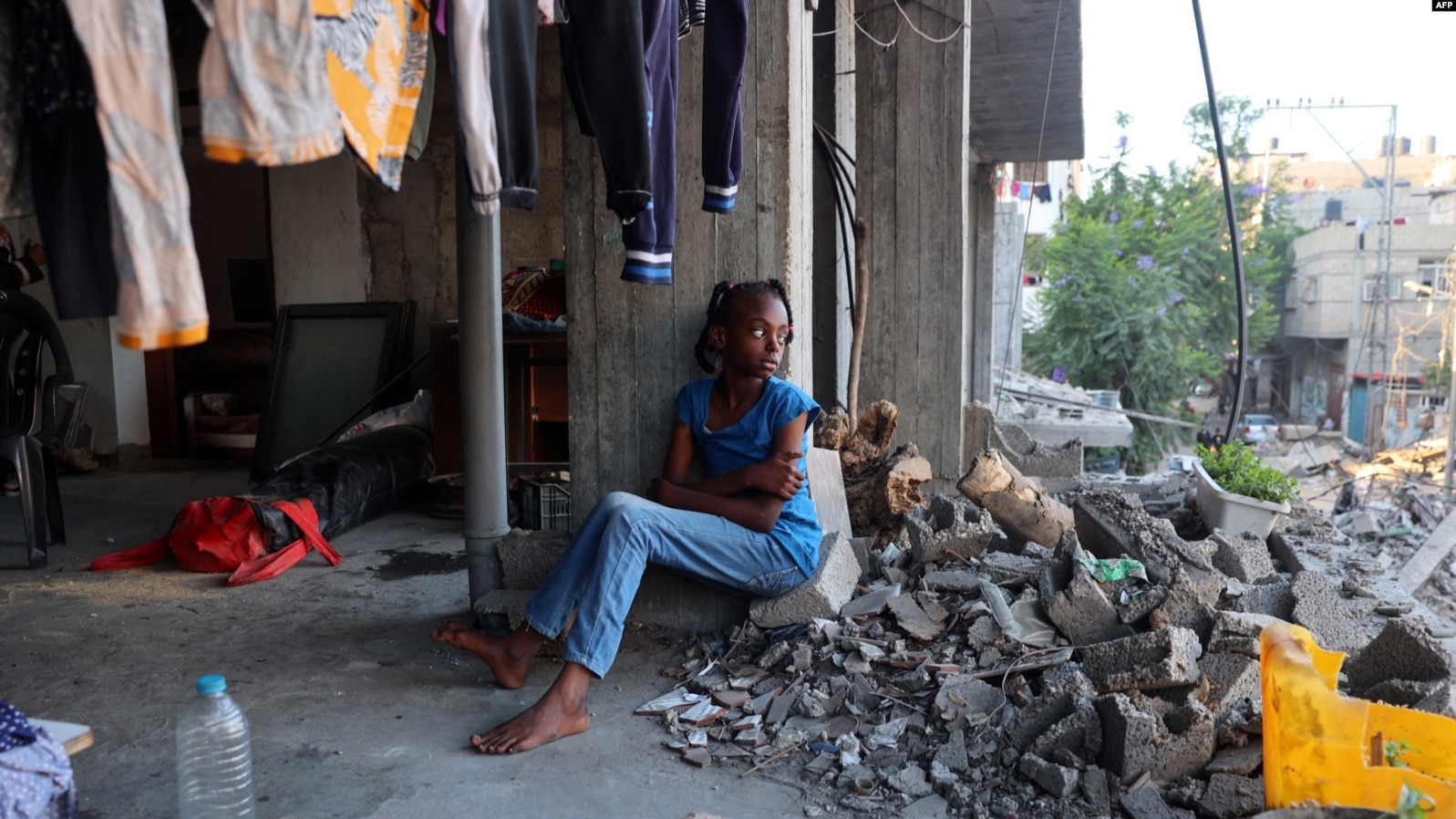
The United States is working to “generate a path forward” to secure a cease-fire in the war in Gaza after Hamas responded to the multistage proposal with a number of amendments.
White House national security adviser Jake Sullivan told reporters Thursday that some of the Hamas changes are “modest and minor” and can be worked through, while others “are not consistent” with parameters detailed by President Joe Biden or those endorsed by the U.N. Security Council.
Sullivan cautioned that the nature of the negotiations, which involve indirect talks with officials from Egypt and Qatar, mean progress takes time.
“We’re going to work with Qatar and Egypt, Qatar and Egypt will work with Hamas. Qatar, Egypt, and the United States will work with Israel. And the goal is to try to bring this to a conclusion as rapidly as possible,” Sullivan said.
U.S. officials have said the cease-fire proposal is an Israeli proposal, and Sullivan said Thursday the Israelis “stand behind” it.
Gerald Feierstein, director of the Arabian Peninsula affairs program at the Middle East Institute, says cease-fire negotiations between Israel and Hamas have been a bit confusing.
“There’s a statement from the government of Israel which seems to raise doubts about what it is that the Israelis believe they’ve agreed to,” he said. “Hamas has also said that what they received in writing is not consistent with what they understood from verbal comment. So, it seems that there’s a great deal of smoke out there. Not clear what the fire is.”
Feierstein, a former ambassador, said, “I think that if we get to the point where the parties actually agree … I do believe that both parties will hold up their end of the agreement.”
In its initial phase, the three-stage cease-fire proposal calls for a halt in fighting, the release of some hostages from Gaza, the release of some Palestinian prisoners held by Israel, a surge in humanitarian aid for Palestinians, the withdrawal of Israeli troops from populated areas of Gaza, and the return of Palestinian civilians to their homes and neighborhoods.
The second phase envisions a permanent cessation of hostilities in exchange for the release of all other hostages in Gaza and a full withdrawal of Israeli troops from Gaza.
The final phase includes a multiyear reconstruction plan for the Gaza Strip, much of which has been devastated by eight months of Israeli bombardment. It would also provide for the return of the remains of any deceased hostages still in Gaza.
Thursday fighting
The Israeli military said Thursday it carried out airstrikes against 45 targets throughout Gaza.
Israel also reported ground operations and airstrikes in the Rafah area in southern Gaza, as well as operations in the central Gaza Strip.
The October 7 Hamas terror attack resulted in the deaths of about 1,200 people in Israel, mostly civilians, according to official Israeli figures. Hamas militants took about 250 hostages, 116 of whom remain in the Palestinian territory, including 41 the army says are dead.
Israel’s military response has killed more than 37,200 Palestinians, according to Gaza’s Health Ministry, which does not distinguish between fighters and civilians in its figures.
VOA

